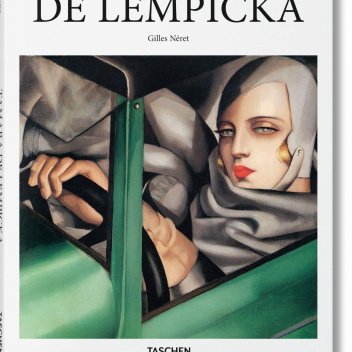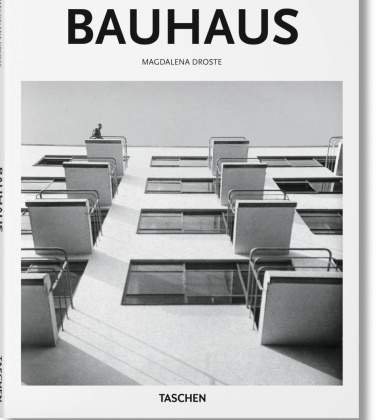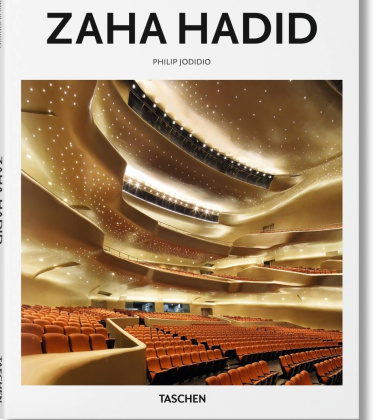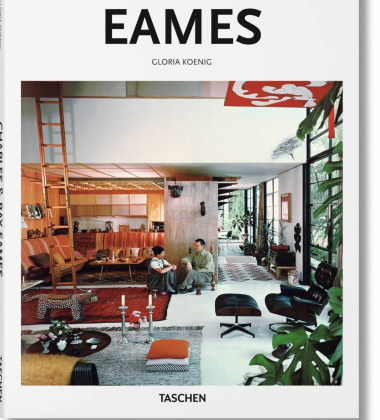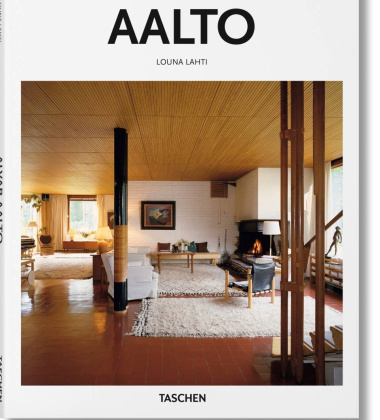Książka TAMARA DE LEMPICKA Portraits
Taschen139,00 zł brutto
Prezentacja Tamary de Lempickiej, rosyjskiej emigrantki, która przeprowadziła się do Paryża, zajęła się malarstwem i pozostawiła jeden z najbardziej żywych dokumentów wizualnych z Noisy Twenties. Od kultowego Autoportretu w zielonym Bugatti po portrety patronów z wyższych sfer, książka ta śledzi wyjątkowy język wizualny artystki i jej uprzywilejowane miejsce w annałach sztuki międzywojennej.
| Wysokość.H | 21 x 26 cm |
| Głęb.Szer.W | 96 pages |
| Motyw | Ludzie |
| Materiał | Papier |
| Kolor | Zielony |
Ten produkt nie występuje już w magazynie
Prezentacja Tamary de Lempickiej, rosyjskiej emigrantki, która przeprowadziła się do Paryża, zajęła się malarstwem i pozostawiła jeden z najbardziej żywych dokumentów wizualnych z Noisy Twenties. Od kultowego Autoportretu w zielonym Bugatti po portrety patronów z wyższych sfer, książka ta śledzi wyjątkowy język wizualny artystki i jej uprzywilejowane miejsce w annałach sztuki międzywojennej.
Tamara de Lempicka (1896–1980) lived art in the fast lane. With an appetite for glamour and fame as much as Left Bank bohemianism, she fled her native Russia after the Bolshevik revolution and set about taking Paris by storm. Her prolific, monumental oeuvre remains one of the most vivid visual documents of 1920s Art Deco.De Lempicka’s style deployed cool colors and tight post-cubist forms into an at once neoclassical and voluptuous figuration. Her subjects are often nude and always sensual, aloof, and powerful. Bedecked in seductive light and textures, they command our attention but typically avert their gaze with an aspect of haughty grandeur. They include both high-society patrons and progressive portraits of emancipated and lesbian women, such as Women Bathing and Portrait of Suzy Solidor. De Lempicka’s notorious Self-Portrait in the Green Bugatti, meanwhile, was commissioned for the cover of German magazine Die Dame and became an icon of speed, sophistication, and female independence.Through some of de Lempicka’s finest, most compelling portraits, this introduction explores the artist’s unique visual language and its privileged place not only in the annals of interwar art but also in the history of female artists and our collective consciousness of the Roaring Twenties.

